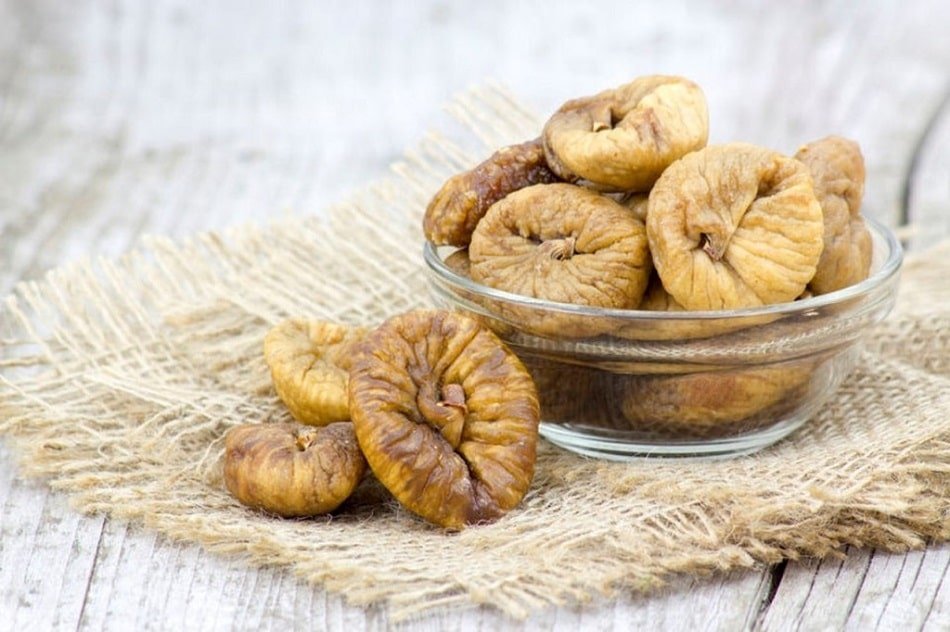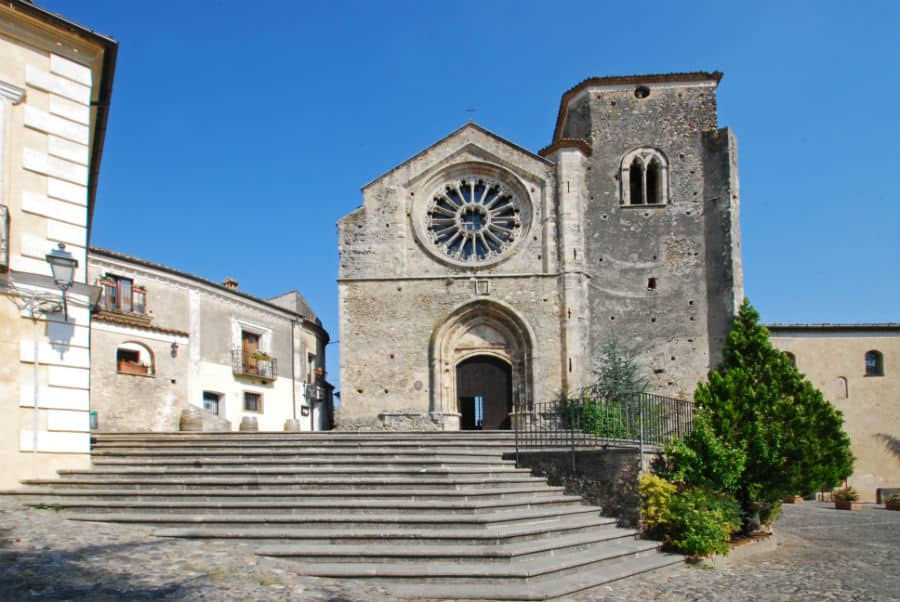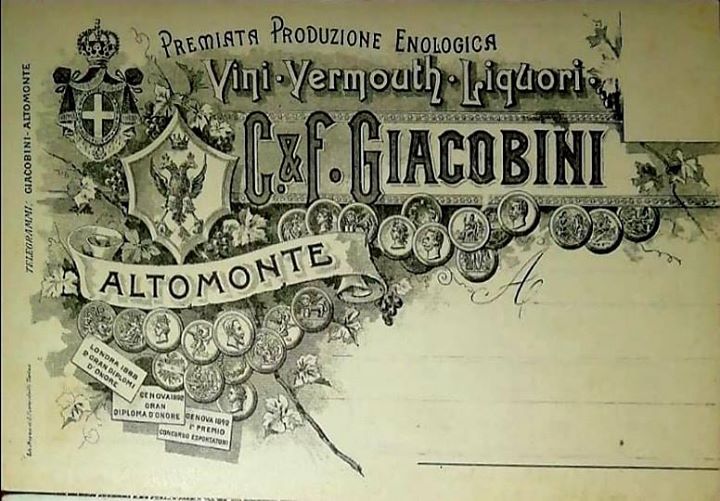9.12.2019
Dried figs filled with chocolate in Calabria are donated to relatives and friends, or however tasted during the Christmas holidays, because they can be kept for months, if stored in tin boxes and covered – once dried – with sheets of baking paper.
Dried figs filled with chocolate are a must of the Calabrian Christmas gastronomy, a gift of Mediterranean civilization to South of Italy, to Italy and to the world (they are very appreciated in London, for example).
It is a healthy and delicious sweet to eat in just one mouthful. They can be covered either with dark chocolate or with white chocolate, depending on personal taste. For the filling it can be used both almonds and walnut kernels.
The traditional preparation period for this typical Calabrese dessert is September, a period of abundant figs. In this way, a delicious idea was devised to preserve and enjoy them throughout the year, even in the coldest months.
Furthermore, born as poors food, today it has become an elite product!

GENERAL PREPARATION OF DRIED FIGS
The figs are cut in half, leaving them united in the narrowest part, that of the petiole. Hence the name crocette, that is the cross-shaped name they take after the filling and pressing. Figs are dried in the sun on special reeds.
A selection therefore takes place because the figs destined for the preparation must all be of the same size. After the selection the figs are stuffed according to tradition with a preparation of sugar and cinnamon, with the addition of walnuts or almonds and orange and lemon peel. They are then pressed manually so that the two open parts of the fig are perfectly matched.
Once the figs are stuffed they are baked and cooked at 200 °C, then the product is sterilized. Immediately after cooking, they are cooled in special rooms and then packaged. The dried fig crosses are packaged with three different preparations:
- the first involves the use of almonds for the filling of figs,
- the second the use of walnuts and
- the third instead involves covering the product with dark chocolate.
SPECIAL RECIPES
Skewers of dried figs (“schiocche”)
The Schiocche are skewers and are made from dried figs baked in the oven, then skewered on two sticks alternating the fruits on the right and left so as to make a sort of pigtail.

Figs stuffed with Walnuts
They are dried figs stuffed with walnut cooked in the oven, then skewered in sticks alternating the fruits on the right and left. This combination of dried figs and walnuts is excellent in terms of nutrition. In addition to the excellent energy and nutrient supply, thanks to the omega 3 contained in the nuts, the intake of this food product helps to reduce the bad LDL cholesterol and also thanks to the fiber content there is a better control of blood sugar levels.

“Crocette“, Crosses of figs with Nuts
The largest pieces of figs are used for figs stuffed with dried fruit, spices and citrus fruits. In the Calabrian tradition we find the crosses, prepared with four figs. The fruit is opened in half leaving the part of the petiole joined, it is usually filled with walnuts, carnation, cinnamon and citrus peel, orange or lemon. Open figs are placed in a cross shape, two below and two above.
Stuffed Figs: Almond Crocette
The fruit is opened in half leaving the part of the petiole joined, it is usually filled with almonds, carnation, cinnamon and citrus peel, orange or lemon. Open figs are placed in a cross shape, two below and two above Figs, even if you think they have many calories, it is a fruit that can be consumed by adults and children, it has no dyes or preservatives, it has digestive properties. The Calabrian crosses can be consumed instead of a snack.
Stuffed Dried figs, covered with Chocolate
The chocolate-covered figs are real pleasures of gluttony. Serve as a dessert, they cannot be missing from the Calabrian table where figs are an ancient and traditional food. Figs can be processed in many different ways.
The figs are first cut in half and then filled with a filling:
- of hazelnuts,
- cocoa,
- aromas including carnation, cinnamon and citrus fruit peel.
Everything is mixed with the cooked wine which gives it a unique and particular taste. Finally they are covered in chocolate and packed in 250g boxes.

Variously stuffed Figs
In the Calabrian tradition we also find the flavored figs, prepared with the fruit that is opened in half leaving the part of the petiole joined, it is usually stuffed and flavored with:
- nuts,
- carnation,
- cinnamon
- citrus peel (orange or lemon).
Almond flavored figs
In the Calabrian tradition we also find the flavored figs, prepared with the fruit that is opened in half leaving the part of the petiole joined, it is usually stuffed and flavored with:
- almonds,
- carnation,
- cinnamon,
- citrus peel (orange or lemon).

Figs stuffed with Almonds
They are dried figs stuffed with almonds cooked in the oven, then skewered in sticks alternating the fruits on the right and left. This combination of dried figs and almonds is excellent in terms of nutrition. In addition to the excellent supply of energy and nutrients, thanks to the omega 3 contained in the almonds, the intake of this food product contributes to reducing the bad LDL cholesterol and also thanks to the fiber content there is a mile control of blood sugar levels.
HISTORY
“Li Ficu siccati” (the dried figs) are one of the most famous sweets in Calabria.
Introduced at the time of Magna Graecia, fig cultivation has been documented in the province of Cosenza since the 1500s. The Figs of Cosenza Dop are a fascinating and historically significant production in Calabria. The denomination “Fichi di Cosenza“, as stated in the production disciplinary, refers exclusively to the dried fruits of domestic fig “Ficus carica sativa” (domestic L.), belonging to the “Dottato” variety. In the Cosentino area, and especially in the Valle del Crati, the Dottati varieties have found an ideal habitat, in a moderately ventilated hilly environment, not arid but not too rainy.

For the rest, the great Mediterranean culture and civilization has given to Calabria and the world an ancient plant: the fig has evidence of its cultivation dating back to the first agricultural civilizations of Mesopotamia, Palestine and Egypt, from which it subsequently spread throughout the basin of the Mediterranean Sea.
If by definition it is called “Fico Mediterraneo“, it is also considered historically a native and common of the Caucasian regions, and of the Black Sea. In Italy the Fico existed before the foundation of Rome (it is in the shadow of this plant that Romulus would have been suckled and Oar).
Despite its ancient and noble origins, fig is now considered a “minor fruit”, as it is classified in modern fruit-growing treaties. After having played a leading role, today it has remained more tied to the memory than to the reality of Mediterranean agricultural productions such as the olive tree and the vine.
The fig tree arrived in Calabria in an uncertain period, probably at the time of the Greco-Roman civilization by the Phoenician travelers who used it as barter goods or who, in the dry version, used it as a reserve of calories for the labors of the crew. From then on its cultivation quickly took hold, particularly in the province of Cosenza, thanks to an ideal pedoclimatic situation.
FICO DI COSENZA, PROTECTED BY THE QUALITY MARK “DOP”
The peculiarities of the “fico di Cosenza” have been recognized in 2010 with the quality label “DOP” (In Italian: “Denomination of Protected Origin”). The typicality is related to the Valle del Crati (CS), where a hilly environment with a temperate climate has created the right conditions for optimal vegetation.
The Fichi di Cosenza PDO are of an elongated drop shape, sometimes slightly flattened at the apex. The peduncle is always present, short and thin. They are fruits with a very sweet taste of small size, with elastic skin, soft pulp and very small seeds. They are marketed after being dried in the sun on “cannizzi” (reeds) or wooden boards or even in the oven. With the typical golden color, dried figs have a higher yield than other varieties and are full, fleshy, mellow, soft, plastic, very white, highly sugary and easy to preserve.
The production, processing and packaging area of Fichi di Cosenza PDO includes several municipalities considered in their entirety or only in part of the province of Cosenza, located between the mountainous area of Pollino and the Sila Plateau, in the Calabria region.

Drying and processing of dried figs in Cosenza is a tradition, handed down from father to son in the south: the heat is used to eliminate the humidity inside the fruit and to obtain a product that can be conserved for the rest of the year.
Traditional fig dishes are present in festivals and fairs in the province. In particular that of St. Joseph, which is celebrated in Cosenza at least from the mid-nineteenth century.
In the kitchen, at the beginning or end of the meal, the Fico di Cosenza PDO is the protagonist of many traditional productions: montagnoli, crocette, nocchette, stuffed figs, baked figs, balls, braids, corollas, salami and fig honey. These figs are an indispensable ingredient for preparing a classic dessert for the holidays, the “pitta ‘mpigliata” or “pitta’ nchiusa“.
PROPERTIES OF FIGS
The benefits of figs are many:
- Excellent for reducing symptoms of fatigue because it is a highly energetic and complete food with all the nutrients
- Rich in mineral salts and Vitamin C and A
- Easily digestible
- Thanks to the presence of the fibers they help the normal intestinal functions.







